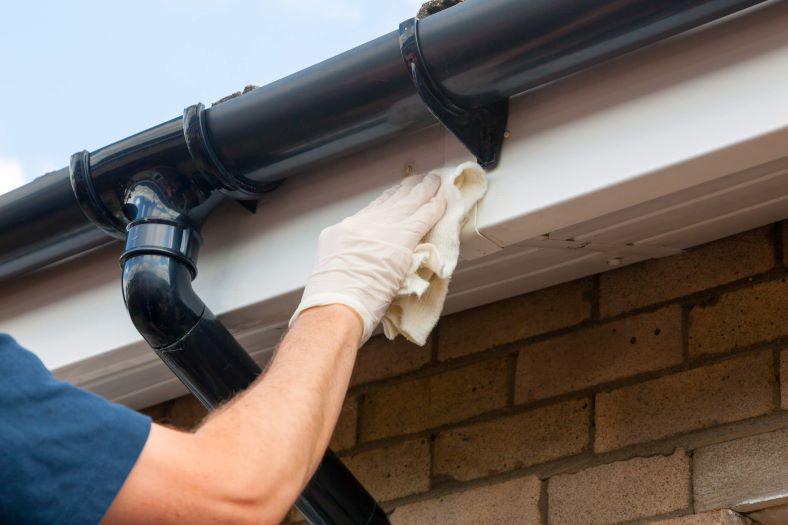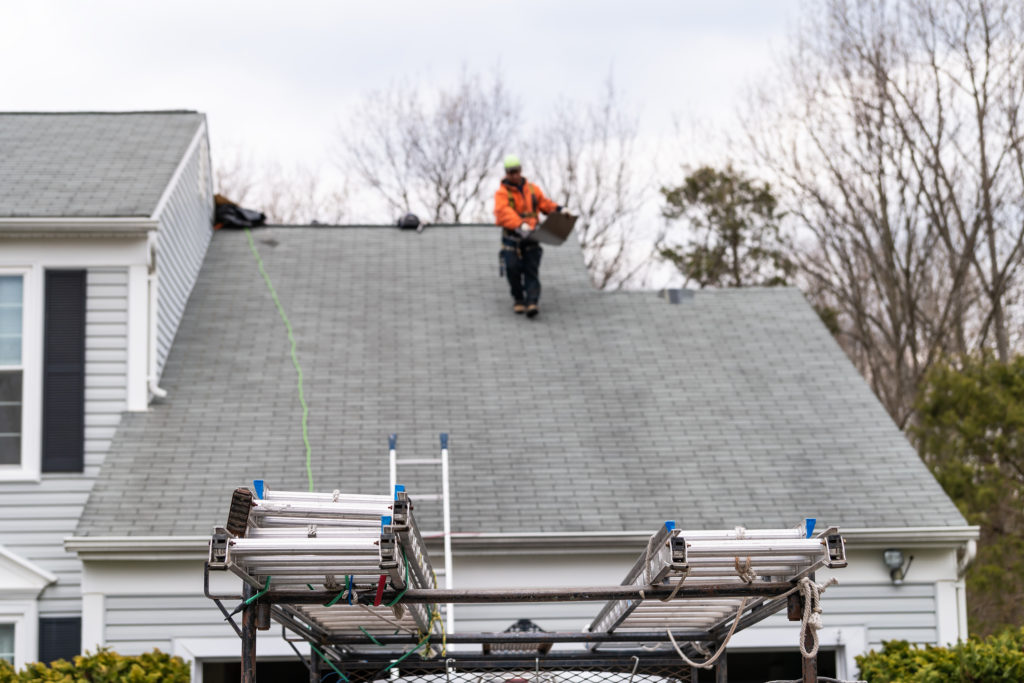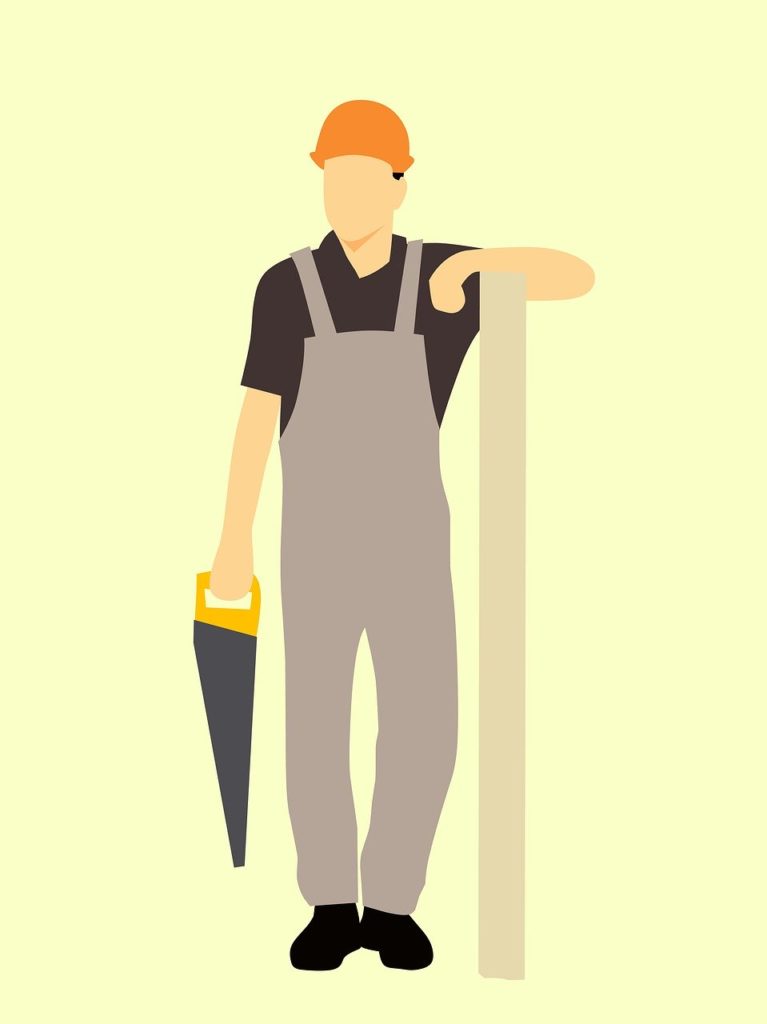When it comes to inspecting your roof, shingles aren’t the only components to keep an eye on. Your roof is a complete system, which includes the roofing material itself plus flashing, soffits, cladding, vents, and fascia. Fascia protects your roof from moisture, except years of use can wear it out and potentially cause roof damage or leave your home’s interior vulnerable. Here, we’ll explain how to know if you need to repair or replace your roof’s fascia.
What is Roofing Fascia?
Roofing fascia forms the vertical finishing edge that connects your roofing to rafters, trusses, or gutter attachments. You see it beneath the roof’s overhang. Fascia is typically made of a wooden board or non-corrosive sheet metal. The horizontal board caps the end of your roof’s rafters and often holds the rain gutters that border the roof.
Fascia not only protects the wooden boards or siding from damage, but it also protects the entire roof from leaks and weather damage by blocking rain, snow, sleet, and other potential hazards. Almost all homes built since the 1950s have fascia, but some older homes lack this component.
If you do have roofing fascia, you need to routinely inspect it to make sure it’s in good shape. Otherwise, your curb appeal and the integrity of your roof may suffer. When fascia is well taken care of, it provides a smooth appearance, making your roof’s edge more even-looking and water-tight.
Damage to Roofing Fascia
Since fascia acts as a barrier between weather elements and your home, it is exposed to potential damage year-round. As your roof ages and weathers, so do the fascia boards. Fascia is at risk for wet and dry rot, as well as deterioration from sun exposure. Other potential dangers may include pest damage, decay, and splits in the wood.
The reason you should inspect your roof fascia frequently is to spot any of the above before they become serious. If you neglect damaged fascia or a water leak from it, further damage to your home is inevitable.
Damaged fascia can also increase heating and cooling costs. That’s because fascia helps to keep your home cool in the summer and warm in the winter. If you notice your utility bills spiking, check your fascia!
How to Repair Damaged Fascia
If you see damage to your fascia, address the problem promptly. Of course, roof repair can be complex. The steps to follow when repairing damaged fascia, include:
- Prepare the proper tools (a saw, screwdrivers, epoxy filler, primer and paint, sanding sheets, etc.)
- Remove gutter downspouts from the section you’re repairing
- Decide to remove the whole fascia board, or cut the small section you need to repair
- Remove the fascia board from your roof using a screwdriver or pry bar
- Clean off mold, mildew, rot or sand off splintered wood
- Seal the wood with epoxy wood filler (you may need to replace an entire section if it’s not salvageable)
- Allow the epoxy to dry, then prime and paint your fascia
- Replace the fascia on your roof, using proper screws to attach it
- Reattach guttering
As you can see, repairing damaged fascia can be an extensive project. Without the correct tools and experience, you could risk damaging your roof.
Can Fascia Repair Be a DIY Project, or Should You Hire a Professional Roofer?
When you find a roofing fascia board that needs to be replaced, it might be tempting to try to “DIY” things to save a few bucks. However, consider these factors first.
DIY fascia replacement could:
- Potentially save money in the short run, but cost a lot more in the long run due to an inexperienced job
- Result in high expenses for tools you don’t have and most likely won’t use again
- Increase your chance of injury due to lack of experience
- Decrease the quality of the repair due to lack of training
On the other hand, hiring a roofing professional means:
- They’ll have their own tools
- You are trusting a licensed professional with extensive experience and a trusted process
- There will be less chance of errors
- The repairs will likely last longer than if you do it yourself
- They may be able to spot other issues that you wouldn’t notice
- The job itself will take less time
If you need to replace your roof fascia, it might be best to call a professional. Get the peace of mind knowing that the job will be done by a roofing company with experience.
Call Westfall Roofing for Roof Repair
Westfall Roofing would love to help you with your upcoming roof repair or roofing replacement. If you’re experiencing problems with your fascia, need roof leak repair, or are experiencing issues with your roof in general, please contact us for an estimate. Choosing Westfall Roofing will help ensure the value and safety of your home for years to come.





